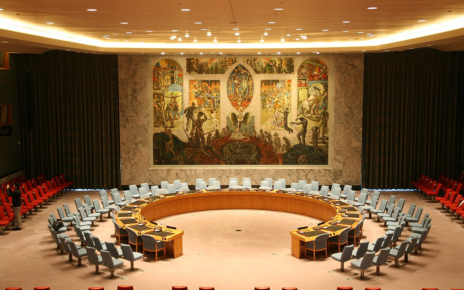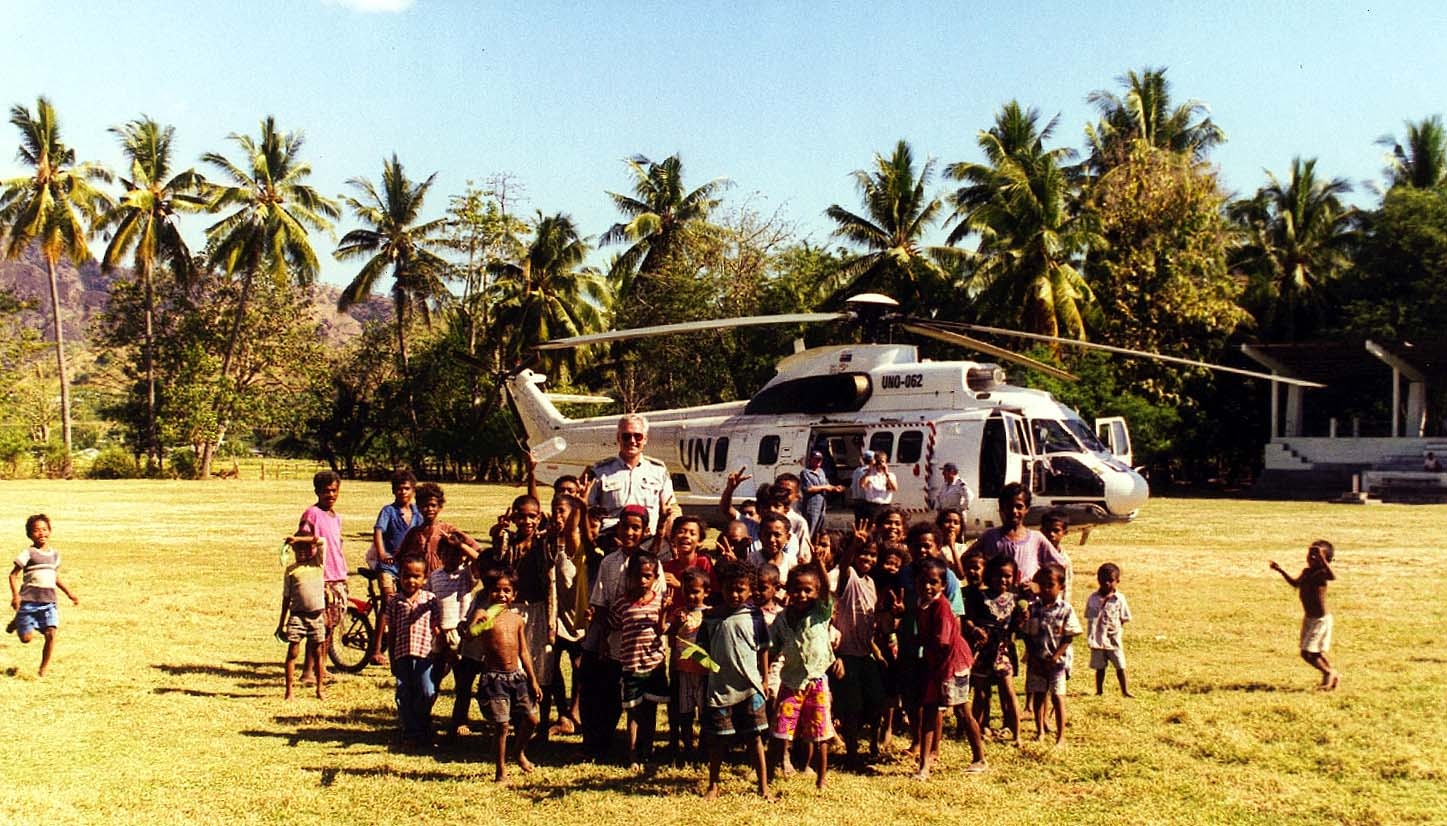British pharmaceutical company GlaxoSmithKline is seeking regulatory approval for an antimalarial vaccine. The vaccine is being evaluated by the European Medicines Agencies in collaboration with the World Health Organization (WHO). This could prompt a major global health breakthrough as the disease affects 225 million people worldwide and results in the deaths of approximately 800,000 people, annually.
Malaria is a parasitic infectious disease that is transmitted to humans and animals through mosquito bites. Parasites first grow within the liver cells and eventually multiply within and destroy red blood cells. Symptoms appear to be flu-like, including fever, headache, chills, vomiting, and fatigue. Without proper treatment, victims may succumb to complications and/or death. Children are the principal demographic likely to suffer death.
is a parasitic infectious disease that is transmitted to humans and animals through mosquito bites. Parasites first grow within the liver cells and eventually multiply within and destroy red blood cells. Symptoms appear to be flu-like, including fever, headache, chills, vomiting, and fatigue. Without proper treatment, victims may succumb to complications and/or death. Children are the principal demographic likely to suffer death.
Malaria is a product of the parasitic genus known as plasmodium and lives through a vector and vertebrate host. In 1897, British medical doctor Ronald Ross found that anopheles mosquitos were the primary vectors that transmit the disease. The discovery advanced methods of prevention primarily through vector control (e.g. insecticides). Malaria is currently treated through medication (e.g. Proguanil, Chloroquine) while a vaccine may be approaching.
According to the WHO, there are currently over twenty vaccines undergoing clinical trials. The first to reach the evaluation stage, RTS,S/AS01, is the most advance formula to fight the deadliest form of malaria known as plasmodium falciparum. The vaccine underwent three trial phases targeting children in sub-Saharan Africa, the last of which was completed in 2011. Phase III employed two study groups – infants between 6-12 weeks and children aged 15-17 months old – who all received three doses. Researchers found that within an 18 month period vaccine efficacy hovered at 27% in infants with no substantial protection from severe malaria. However, the vaccine prevented clinical malaria in 46% of children and protection against severe malaria was 34%. A marginal percentage of participants reported adverse medical effects, however a direct relationship to the vaccine was not found. Negative reactions to the vaccine were largely minor and expected.
We must be cautious in interpreting these interim results. In all cases, the level of protection begins to wane after a twelve month period and could reflect a number of reasons including acquired natural immunity or the diverse nature of transmission. Therefore, we may be seeing a delay rather than a decline. Findings also show that the vaccine did not reduce the rate of deaths related to malaria and that the low-rate of deaths may be attributed to the quality of care received by participants of the study group.
The evaluation process is intended to review the reliability of the trials towards making evidence-based policy decisions. If approved GlaxoSmithKline intends to sell the drug equal to the cost of manufacturing with a small five percent margin of profit reinvested into research. The WHO envisions the vaccine as complementary to existing preventive and treatment methods. Recommendation for use may arrive as early as 2015.




